- What is Sciatica Pain
- Activities That Aggravate Sciatica Pain
- Daily Movements and Positions to Avoid
- Exercise and Physical Activities to Avoid Sciatica
- Lifestyle Activities to Watch Out For
- Alter Native Activities and Strategies for Avoid Sciatica Pain
- Acu-hump Sciatica Relief
- Seeking Professional Guidance
If you’re someone suffering from discomfort, you know just how debilitating it can be. The good news is that there are steps you can take to manage and alleviate your discomfort. One crucial aspect of managing sciatica pain is by avoiding certain activities that can exacerbate your symptoms.
In this article, we’ll explore the activities you should avoid to protect your nerves and effectively manage your sciatica pain. By understanding which activities to steer clear of, you can take control of your pain and prevent further aggravation. Let’s dive in!
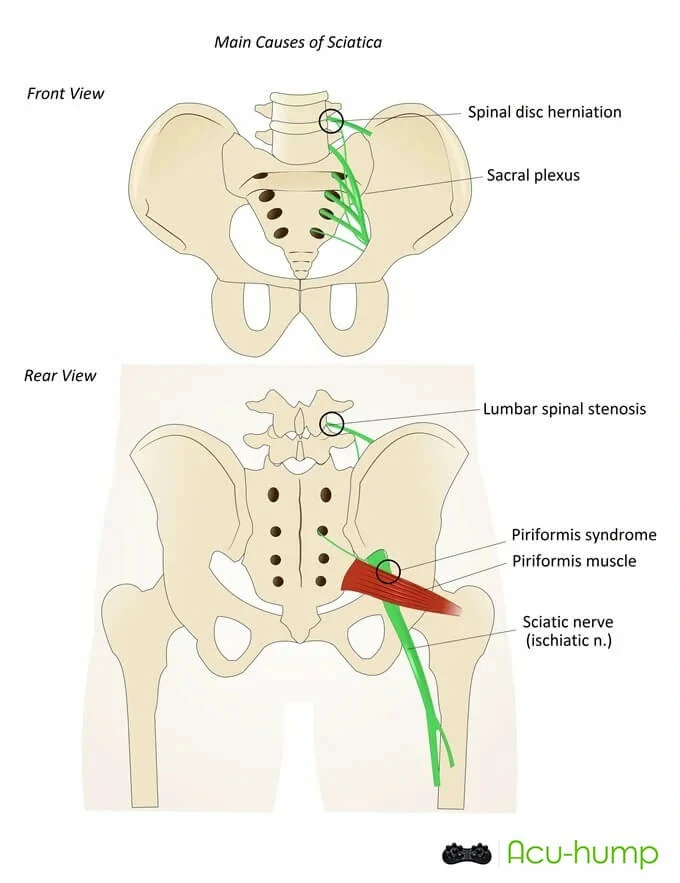
What is Sciatica Pain
When it comes to discomfort, knowledge is power. By understanding the causes and effects of this condition, you’ll be better equipped to navigate your daily activities. Sciatica occurs when the sciatic nerve, a large nerve that runs from the lower back down the legs, becomes pinched or irritated. This compression can result in shooting pain, tingling, and numbness that radiates throughout the back and legs. The first step in effectively managing discomfort is recognizing the signs and symptoms unique to this condition.
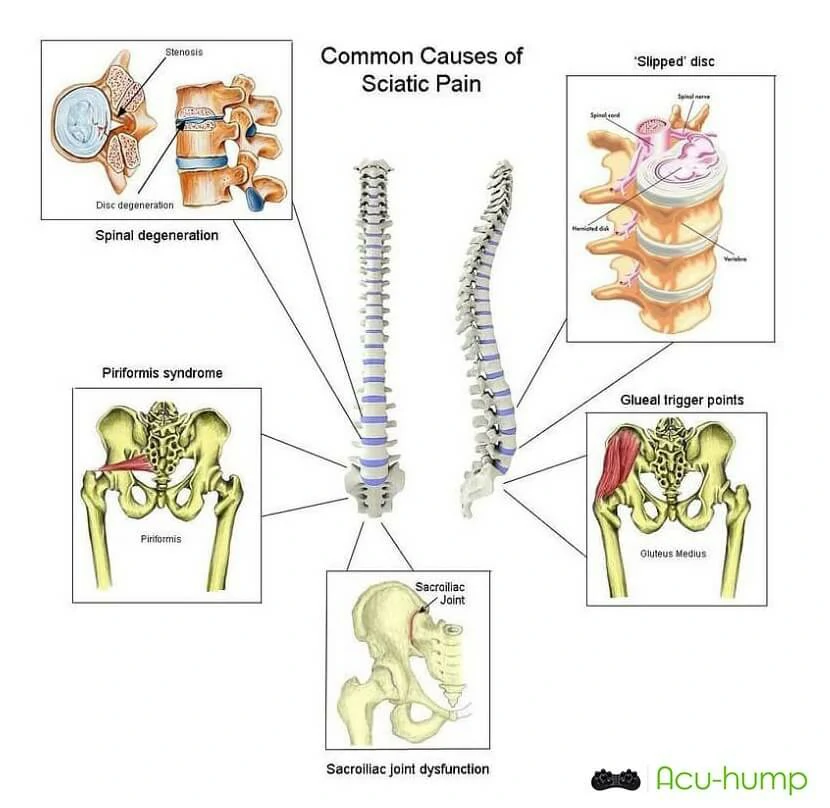
Activities That Aggravate Sciatica Pain
While each person’s experience with sciatica pain may differ, there are certain activities that commonly exacerbate symptoms. By avoiding these activities, you can give your nerves and muscles a chance to recover and reduce overall discomfort. Transitioning from one position to another can be challenging, so it’s essential to know what to avoid to prevent any unnecessary strain or pressure on your sciatic nerve.
Daily Movements and Positions to Avoid
Certain daily movements and postures can significantly impact your level of sciatica pain. By being mindful of your body’s positioning throughout the day, you can potentially reduce discomfort and prevent exacerbation of symptoms. Here are some key activities to steer clear of:
– Sitting for long periods without breaks: Prolonged sitting can place increased pressure on the sciatic nerve, worsening pain. Be sure to take regular breaks and incorporate movements and stretches into your routine.
– Poor sitting and standing posture: Slouching or hunching forward can compress the sciatic nerve. Maintaining good posture and using lumbar supports can help alleviate strain on your QL muscles.
– Heavy lifting or carrying objects incorrectly: Lifting heavy objects improperly can strain your back and aggravate sciatica symptoms. Practice proper lifting techniques, and when possible, ask for help with heavy tasks.
– Twisting or bending at the waist with sudden movements: Abrupt twisting or bending motions can strain your back and increase discomfort. Avoid sudden movements and practice proper body mechanics when performing daily tasks.
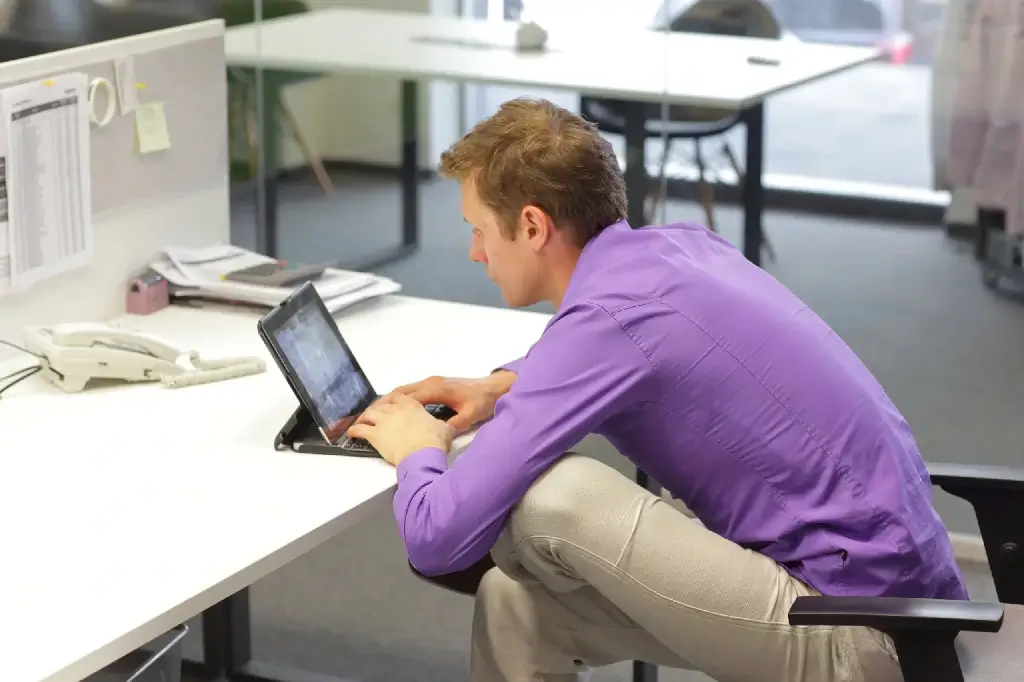
Exercise and Physical Activities to Avoid Sciatica
While exercise is crucial for overall health and well-being, certain high-impact or repetitive activities can be problematic for individuals with sciatica pain. It’s essential to modify your exercise routine to lower impact options to protect your spine and nerves. Here are some activities to consider avoiding:
– High-impact exercises like running and jumping: These activities can place significant stress on your back and increase discomfort. Instead, opt for low-impact alternatives like swimming.
– Repetitive bending, twisting, or heavy lifting: Activities like deadlifts or intense yoga poses can strain your back and worsen your symptoms. Focus on exercises that promote core strength and stability without excessive strain on your lower back.
– Sports with sudden changes in direction and high levels of physical contact: Contact sports like football or basketball can put you at risk of injuring your back and exacerbating your sciatica. Consider engaging in non-contact sports or activities to reduce the risk of further damage.

Lifestyle Activities to Watch Out For
In addition to daily movements and exercise, some lifestyle activities can contribute to sciatica pain. By being aware of these activities and making modifications, you can minimize discomfort and prevent flare-ups. Here are a few activities to watch out for:
– Prolonged sitting or driving without taking breaks to stretch: Sitting for extended periods without movement can contribute to sciatica pain. Take breaks to stretch and walk around, especially during long car rides or desk-bound work.
– Improper use of mattresses and pillows during sleep: Sleeping on a mattress that doesn’t provide adequate support or using pillows that flatten easily can lead to poor spinal alignment and increase sciatic nerve pressure. Invest in a supportive mattress and use pillows strategically to maintain proper spinal alignment during sleep.
– Sitting or lying on soft or sagging furniture for extended periods: Soft, unsupportive furniture can worsen sciatica pain. Opt for furniture with firm cushions and good back support to promote proper alignment and alleviate pressure on your lower back.
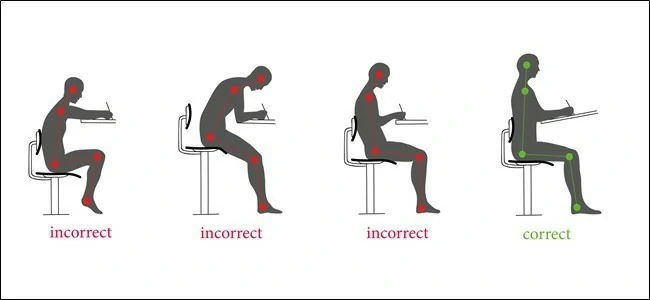
Alter Native Activities and Strategies for Avoid Sciatica Pain
While it’s essential to avoid certain activities, there are alternative options and strategies that can help manage sciatica pain effectively. By incorporating these into your routine, you can maintain an active lifestyle while minimizing discomfort. Here are a few alternatives to consider:
– Gentle exercises and stretches that promote flexibility and strength: Engaging in exercises such as gentle yoga, Pilates, or swimming can help improve flexibility, strengthen supportive muscles, and reduce signs.
– Low-impact activities that place less stress on the spine: Activities like walking, elliptical training, or using a stationary bike can provide cardiovascular benefits without placing excessive pressure on your back.
– Sciatica stretches with Acu-hump: Using an Acu-hump to target specific sciatica stretches can help release tension in the lower back and piriformis muscles, providing relief from sciatic nerve pain.
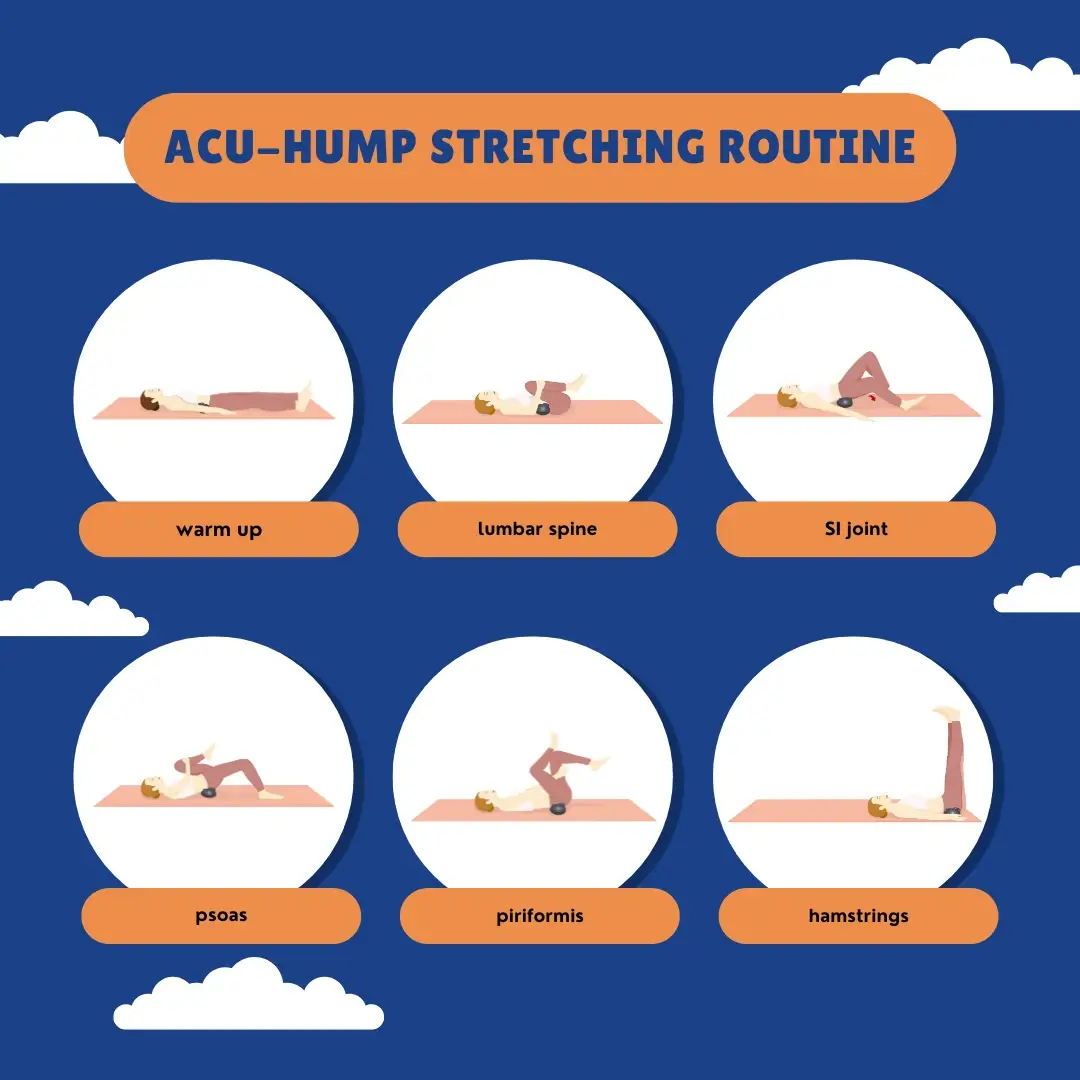
Acu-hump Sciatica Relief
Acu-hump provides a unique and effective solution for relieving sciatica pain. Its deep massage action targets the lower back and hips, specifically focusing on the areas affected. By using the Acu-hump, you can release tension and tightness in the muscles, promoting relaxation and alleviating sciatic nerve pain.
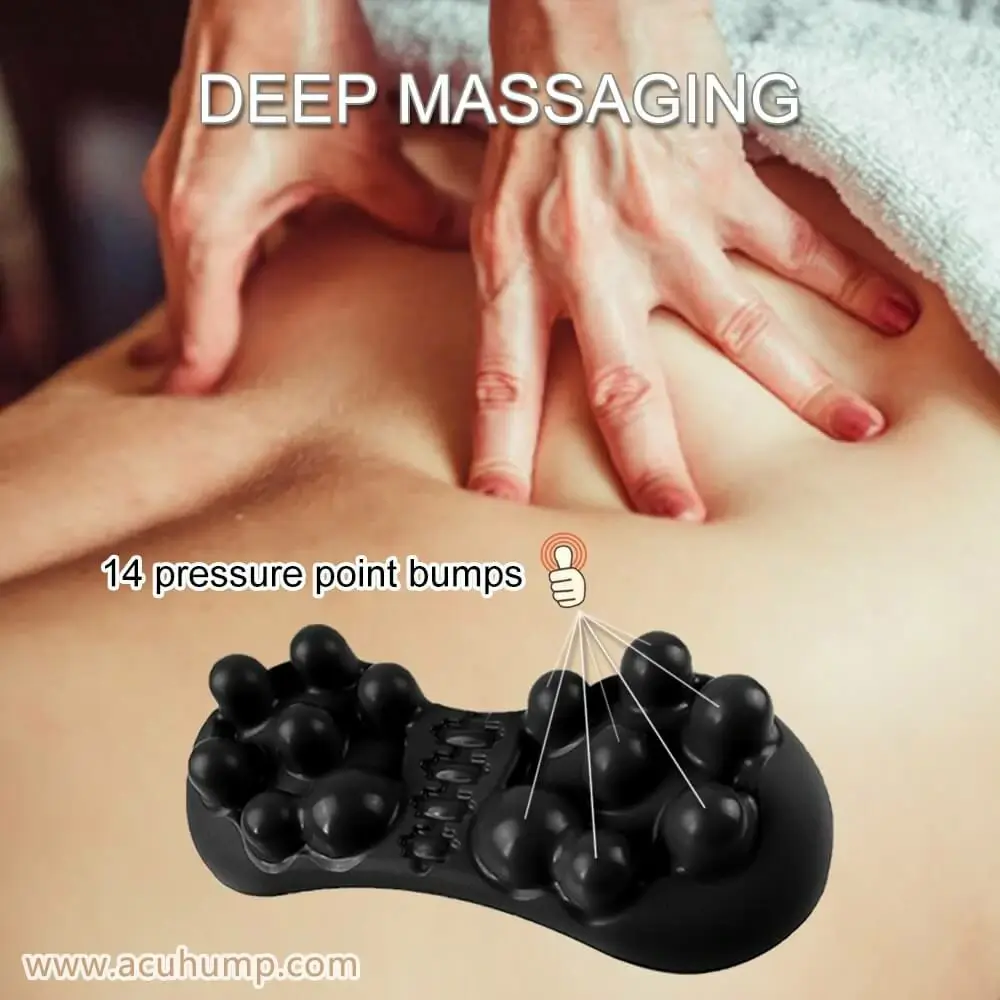
Acu-hump: 30-day return policy. No risk for you.
Additionally, the Acu-hump can be incorporated into sciatica stretches to enhance their effectiveness. By combining targeted stretching exercises with the deep massage provided by the Acu-hump, you can further improve flexibility, reduce muscle tightness, and find relief from discomfort. Say goodbye to sciatic nerve pain and embrace a pain-free life with the help of the Acu-hump.
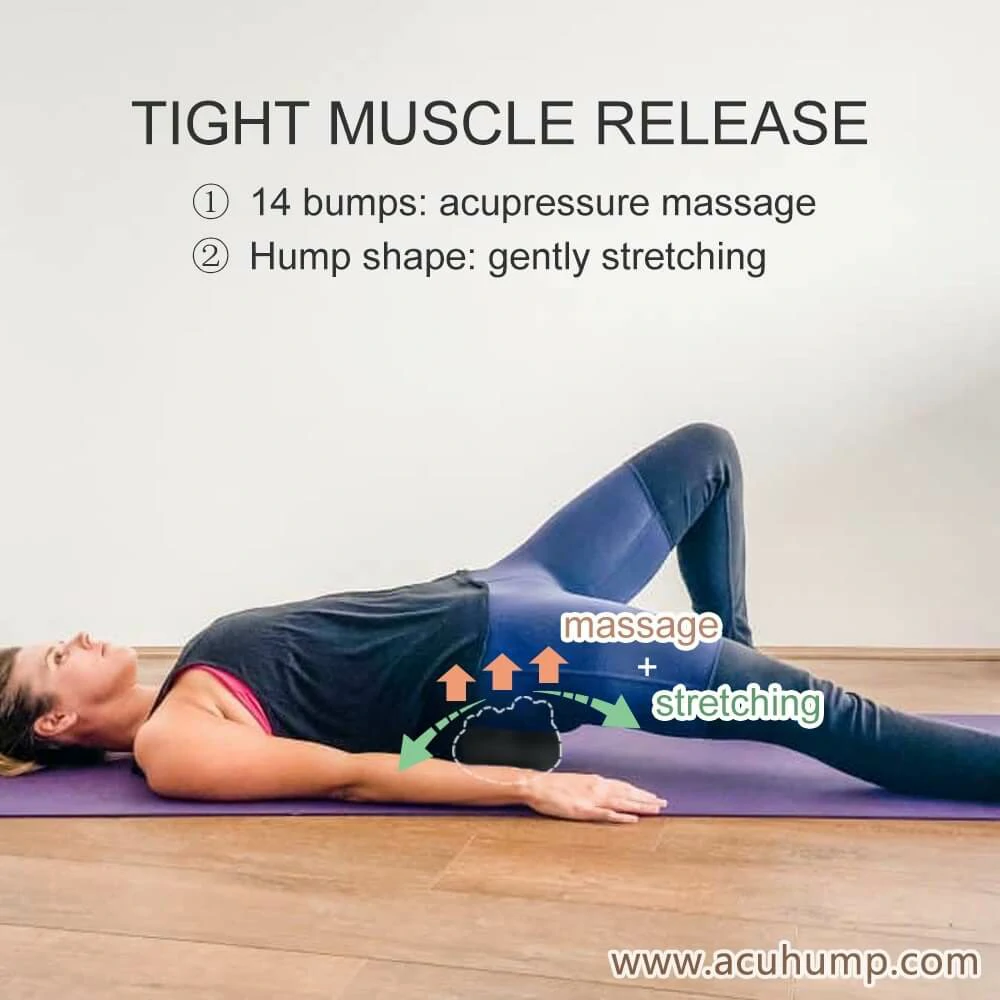
Acu-hump: Full refund policy. No risk for you.
Seeking Professional Guidance
While this article serves as a helpful guide, it’s essential to consult with a healthcare professional or physical therapist for personalized advice. They can provide expert recommendations tailored to your specific situation and assist you in developing an individualized plan for managing your signs. Seeking professional guidance ensures you have the support and expertise necessary for effective pain management.
In conclusion, knowing which activities to avoid is a crucial aspect of managing sciatica pain. By being mindful of your movements, postures, and exercise choices, you can protect your nerves and reduce discomfort. Incorporating alternative activities and seeking professional guidance can further enhance your ability to effectively manage sciatica pain. Remember, your journey to pain relief and improved quality of life starts with making informed choices and prioritizing self-care. Take the necessary steps today and reclaim control over your sciatica pain.

Ok, so I’ve had this thing since October. I was a little intimidated to try it. Now I’m kicking myself for staring at it for 6 months! …
You can use it while on the floor, a bed or couch depending on your preferences and the amount of stability you want or can take…
But for myself, I IMMEDIATELY felt putting it on my lower back/hip area is going to be my sweet spot! Just 20 seconds of use, I felt so much better! The tension in my lower back was released enough where I could tell right away. I can’t wait to see how good I feel when I get my time laying on it up to 10 minutes…

I deal with sciatica and back pain. I’ve used several stretching devices for my back and always wished I could use them on my lower back and hips more. So, this is perfect. The one side with larger “nubs” is a little painful if you’re sore but does work well to work out any knots or trigger points. The other side is gentler and provides a really good stretch for this area. I will continue using it to stretch and relieve tension. I can’t say it’s fixed it, but it certainly will help!
